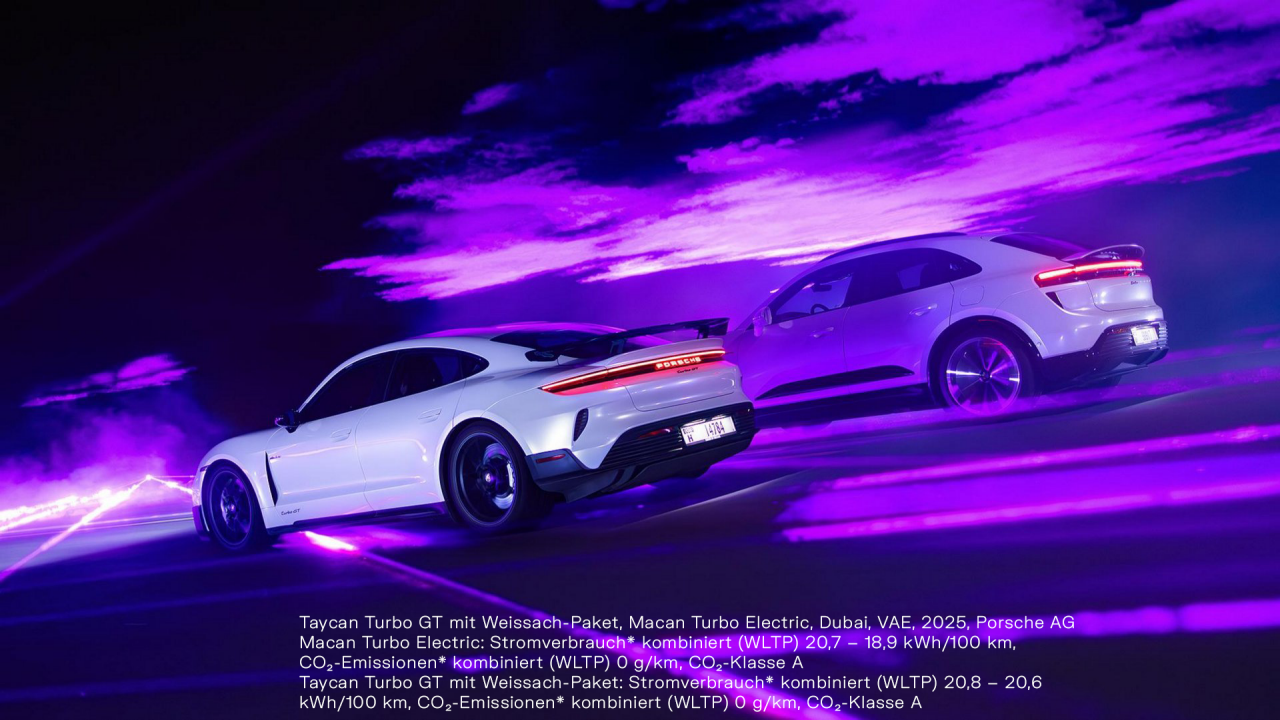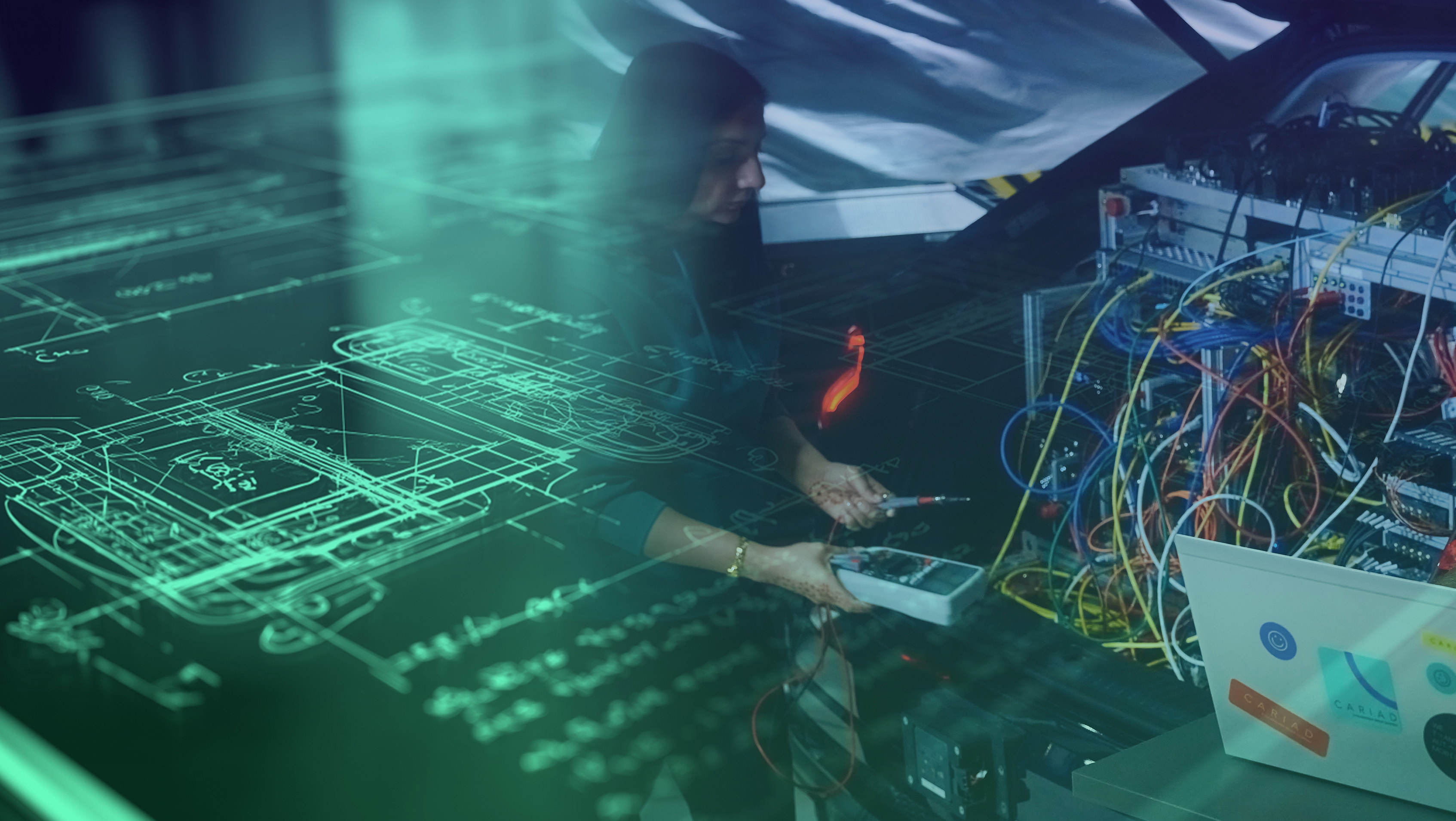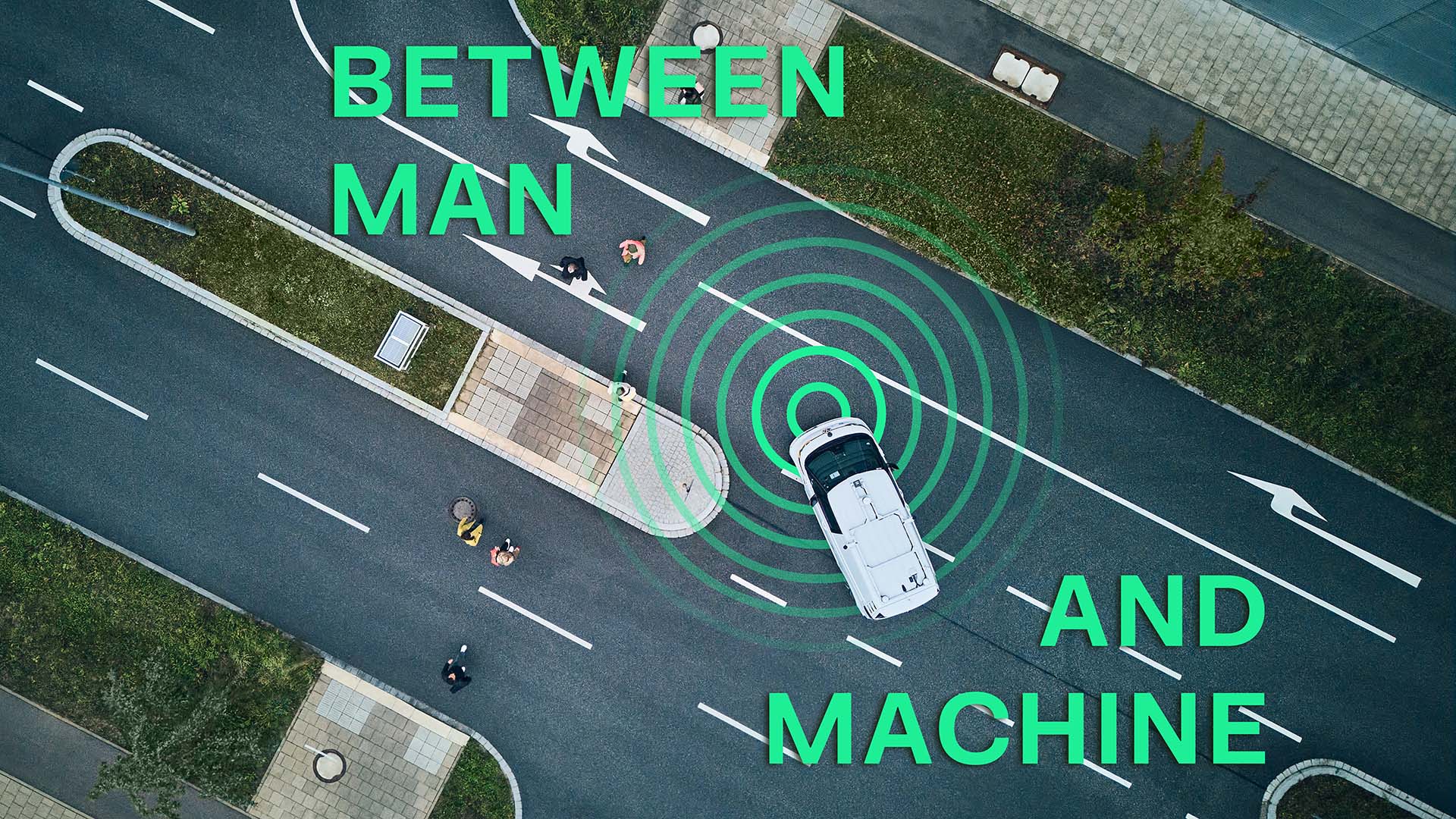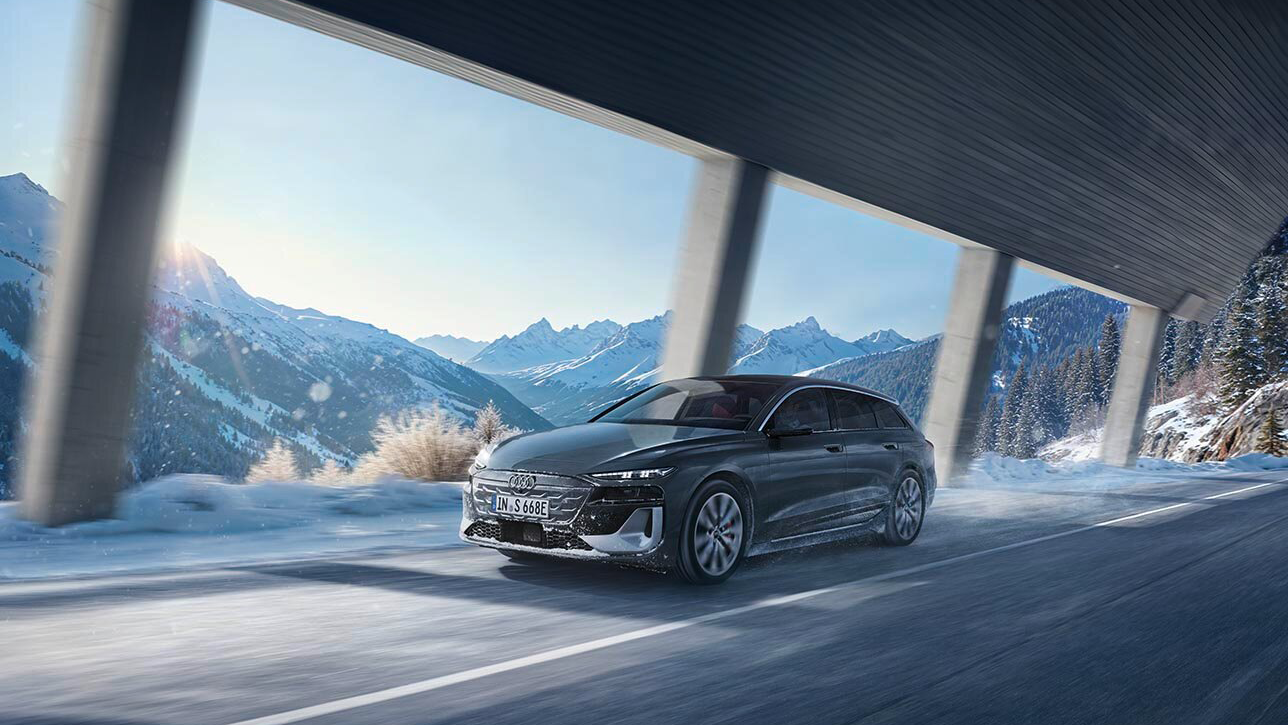Where code meets the road: How software is redefining driving dynamics
Driving has always been an emotional experience. The thrill of acceleration, the precision of steering, the confidence of braking. But behind every smooth ride lies a complex interplay of systems. And it’s increasingly shaped by software.

Volkswagen Group is at the forefront of this transformation, where code meets the road and software elevates the driving experience.
Software now plays a central role in defining how a car feels, responds, and performs. Using software not just to control the car, but to enhance its character is both a challenge and an opportunity. But when software and hardware go hand in hand, it creates an experience where the car doesn’t feel and drive like a computer but like a typical Porsche or Audi.
From pure mechanics to high-tech mastery
Stefan Fischer, Head of Vehicle Energy, Motion & Body at CARIAD, explains the concept of “where code meets the road” quite literally: “It means looking at the connection between the car and the road: it is the tire. And the input into the car is the driver. Everything in between - mechanical systems, mechatronical systems, sensors and actors - is steered by software.”
This software stack is what allows engineers to fine-tune the driving experience, making it more responsive, safer, and even more enjoyable. Software can compute faster than the human brain, can access more sensors including swarm data from the cloud. This can help the car do things that a human driver couldn’t do. It enables nuanced control, ensuring that even regenerative braking feels natural and intuitive.
Engineering emotion into every powertrain
The advances of technology and software-defined vehicles (SDVs) are often closely linked only to electric vehicles (EVs). Features like torque vectoring and dynamic control systems are already transporting the joy of driving even to silent, electric powertrains. However, a scalable software platform approach allows CARIAD and the Volkswagen Group to deliver consistent driving dynamics across all types of vehicles. Stefan Fischer: “We have the great possibility with our scalable software stack to integrated different torque sources for EVs, ICEs or hybrids.”
Safety by design
Driving dynamics is essentially bringing physics into software. That’s why safety runs across the entire development cycle, says Stefan Fischer. “Safety and security are our highest priority.”
Therefore, the development of driving functions is sliced into different layers: first, software models are tested, making sure that they have no failures inside. Then, the source code is tested to make sure that there are no bugs. In the next steps the software is tested as part of the whole electronic control unit and the entire vehicle to make sure that all corner cases and different driving scenarios are working as expected. Artificial intelligence is also playing a growing role in this process: “With large data sources available, AI is a big lever to make sure that safety is on point,” says Fischer.
Building trust with new features
In all this, trust is essential. Drivers need to feel confident in the systems that support them. Emotional attachment to the vehicle is part of that trust, and software can help build it.
Modern features already enhance this connection. The car can detect wet roads and warn other drivers via the cloud. Software can analyze road temperature for tire wear or use tire noise to assess grip levels. At CARIAD, we believe that software is not just a tool, but a transformative force and it can be a strong foundation for the Volkswagen Group in becoming the Global Automotive Tech Driver.
It’s what allows to create vehicles that are not only safer and more efficient, but also more thrilling, more responsive, and more personal to drive. Together with the Group brands, we are building the future of driving, where code meets the road, and where every line of software contributes to the joy of the journey.
If you want to get more insights into how software is redefining driving dynamics you can listen to a panel talk from the IAA Mobility 2025 below.

Ooops. Sorry, we can’t play this video
If you want to watch it on YouTube, please click here .
If you want to see the film here, please accept our marketing cookies:




